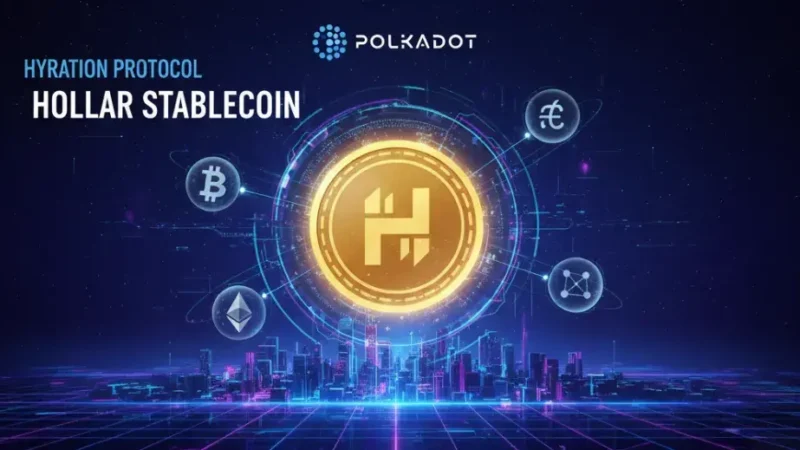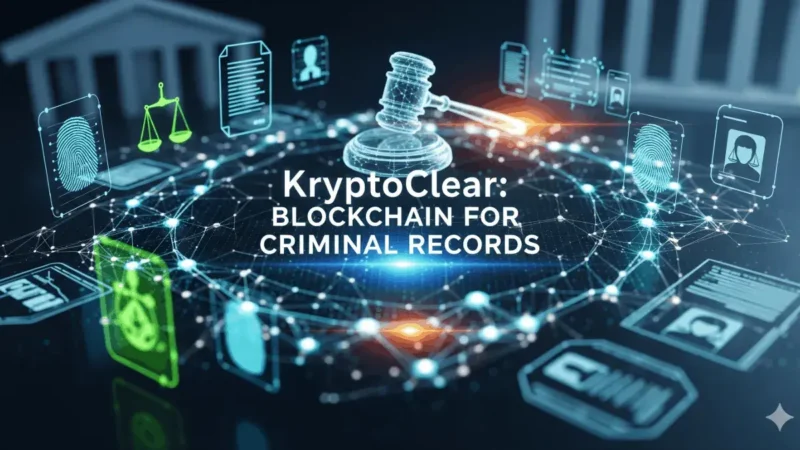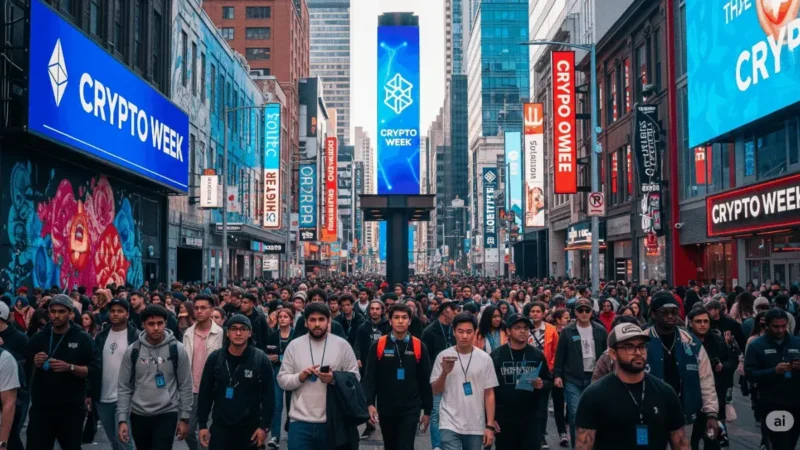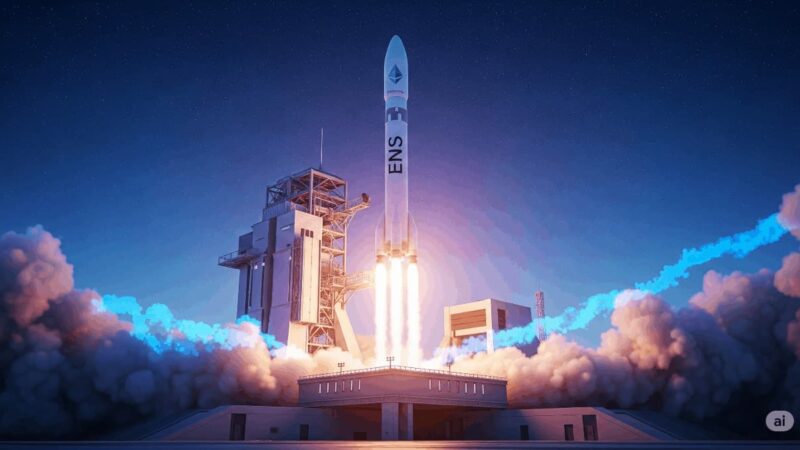XRP Ledger: A Rare Disruption and Its Swift Recovery
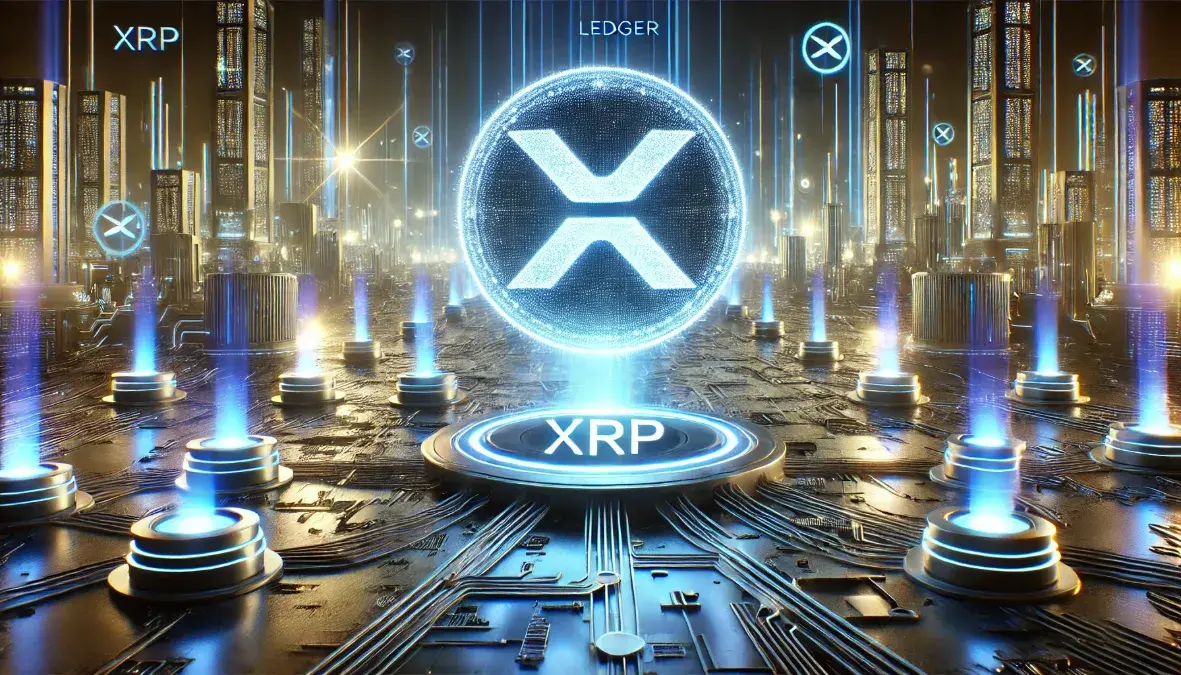
The XRP Ledger (XRPL) is known for its efficiency, speed, and reliability, making it one of the most trusted blockchain networks. However, on a rare occasion, it faced a temporary disruption that raised concerns among its users. This article delves into the incident, its causes, and the XRP Ledger’s ability to recover without external intervention.
Table of Contents
What Happened to the XRP Ledger?
On February 4, 2025, the XRPL experienced a disruption when block production stalled at ledger height 93,927,173. The issue arose due to a failure in publishing validations, which affected the consensus process.
According to Ripple CTO David Schwartz, the system appeared to be running, but validations were not being published as expected. This misalignment caused the network to drift apart, preventing transactions from being properly validated.
How the XRP Ledger Recovered
Despite the unexpected disruption, the XRPL resumed normal operations without requiring significant intervention from validators. Schwartz explained that validator operators manually intervened to set a starting point after the last validated ledger. From there, they resumed publishing validations, allowing the network to regain stability.
Was the XRP Ledger at Risk?
One of the primary concerns was whether this disruption compromised security. However, Schwartz assured the XRPL community that no funds were at risk. The system’s servers automatically recognized the issue and prevented untrusted ledgers from being processed.
Historical Technical Challenges of the XRP Ledger
The recent incident is not the first time the XRPL has faced technical challenges. In November 2024, a node crash affected the network, highlighting the need for continuous improvements. While efforts have been made to improve decentralization—such as expanding the Unique Node List (UNL)—some critics argue that these changes might have inadvertently contributed to instability.
The Importance of Validator Coordination
For the XRPL to maintain its efficiency, validator coordination is crucial. Validators are responsible for ensuring consensus on transactions, and any disruption in their synchronization can impact the entire network.
The recent incident highlights the importance of:
- Improved validator communication to prevent consensus drift
- Automated safeguards to detect and resolve such issues faster
- Continuous network updates to enhance overall stability
The XRPL’s Resilience
Despite the setback, the XRP Ledger demonstrated remarkable resilience. The fact that it could self-recover with minimal intervention speaks volumes about its robustness. However, this event also emphasizes the need for proactive measures to prevent similar occurrences in the future.
What This Means for XRP Holders
For those holding XRP, this incident serves as a reminder that even well-established blockchain networks can face unexpected challenges. However, the swift recovery reassures users of the network’s strength. Moving forward, Ripple and the XRPL community will likely focus on refining validator coordination and security measures.
Stay informed, read the latest crypto news in real time!
Final Thoughts
The XRPL remains a leading blockchain for fast and efficient transactions. While disruptions like this are rare, they provide valuable lessons for improving network stability. With ongoing efforts from the development community, the XRP Ledger will continue to evolve and strengthen its infrastructure.
